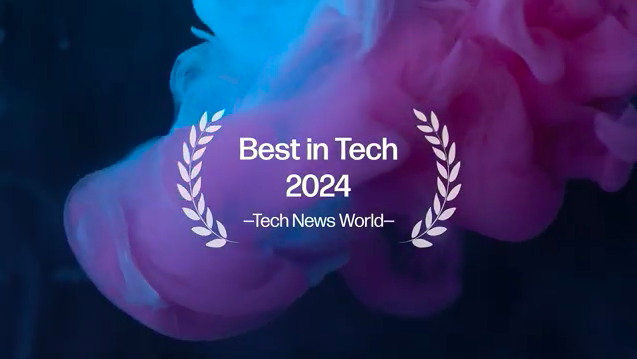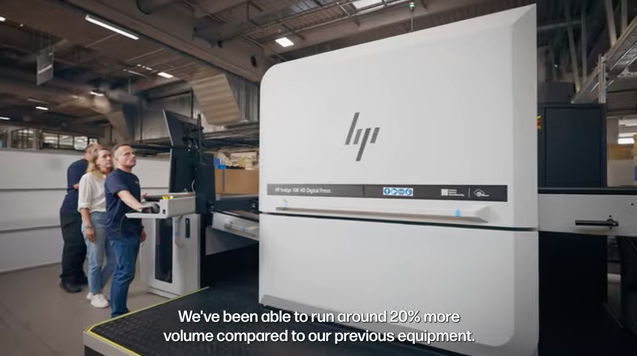The following appears on wired.com
HP is often derided as the king of computer printers that somehow missed the recent revolution known as 3-D printing. But if you venture into the basement of the company’s famous Palo Alto research labs, you’ll find a 3-D printer that looks like no other.
![]() It’s a closely-guarded project. HP wouldn’t let us photograph the thing, but for about ten minutes this week, Martin Fink, the man who runs HP Labs, pulled aside the black curtain — literally — and let us at least look it.
It’s a closely-guarded project. HP wouldn’t let us photograph the thing, but for about ten minutes this week, Martin Fink, the man who runs HP Labs, pulled aside the black curtain — literally — and let us at least look it.
The printer is a monster — a five-foot tall giant of a machine cobbled together from existing jumbo-scale metal printing parts and some new custom-built equipment that HP isn’t ready to talk about. It’s a prototype, built for development and testing that will print out 3-D objects — keychains, Christmas ornaments, doll-house furniture, whatever — using a special polymer that HP has cooked up in its materials lab.
The polymer is stored in a container about the size of a six-pack in front of the machine, and it’s as closely guarded as the other stuff. “We want to have smooth parts and we want to have resilient parts,” Fink says. “Part of the technology breakthrough is the material.”
![]() After largely staying quiet on the topic, HP has recently started to talk a bit about the role it hopes to play in 3-D printing — one of the hottest and most interesting technology trends happening these days. Last month, CEO Meg Whitman said that she expects 3-D printing to grow into a big business, with the company shipping its first 3-D printers sometime next year.
After largely staying quiet on the topic, HP has recently started to talk a bit about the role it hopes to play in 3-D printing — one of the hottest and most interesting technology trends happening these days. Last month, CEO Meg Whitman said that she expects 3-D printing to grow into a big business, with the company shipping its first 3-D printers sometime next year.
To critics, that seems late. After all, HP’s (2-D) printing business has been a rare success story for a company that has made too many missteps over the past decade, and so many others have leapt ahead in the 3-D printing game. But if you ask Fink, it’s a mistake to think of 3-D printing as being a rerun of its paper printing play. “We don’t really think there is a viable consumer market where you’ll go to Best Buy and pick up your $99 inkjet printer today,” Fink says. “That does not translate to 3-D printing.”
![]() Consumer 3-D printers are complex, low quality, and too slow to use, he says. Recently, he brought a $2,000 MakerBot 3-D printer to an all-day staff meeting. With Whitman in the room, he set up the thing in the back of the room and had it print out a lunch box. By the end of the day, it was about a quarter done, Fink says.
Consumer 3-D printers are complex, low quality, and too slow to use, he says. Recently, he brought a $2,000 MakerBot 3-D printer to an all-day staff meeting. With Whitman in the room, he set up the thing in the back of the room and had it print out a lunch box. By the end of the day, it was about a quarter done, Fink says.
“People have this vision in their head of the Star Trek replicator, where you’re Captain Picard and you say ‘Tea. Earl Grey. Hot,’ and magically it just shows up,” Fink says. “The reality is so far different from that. They’re not even close.”


